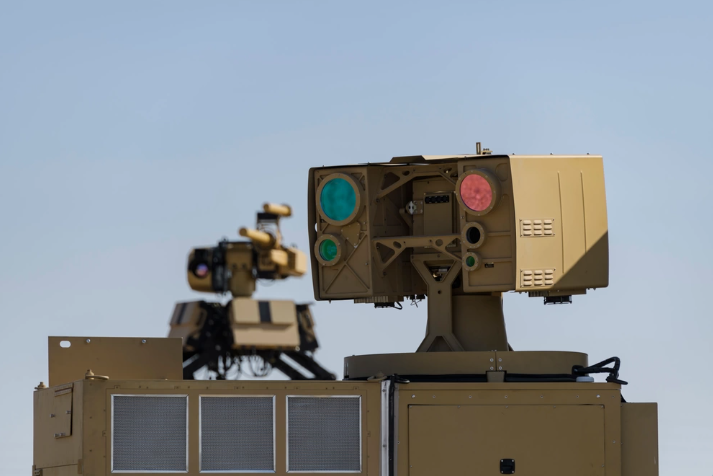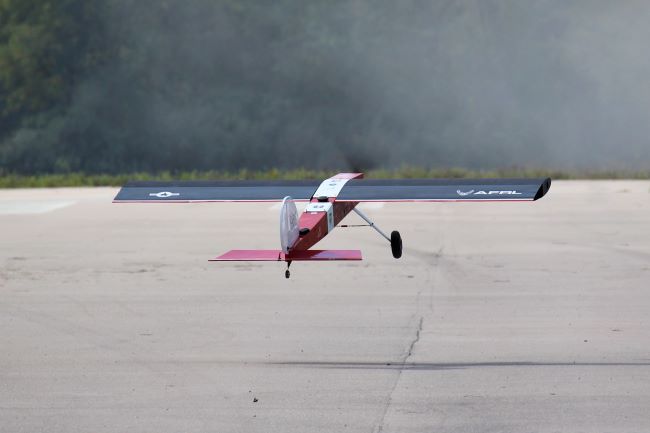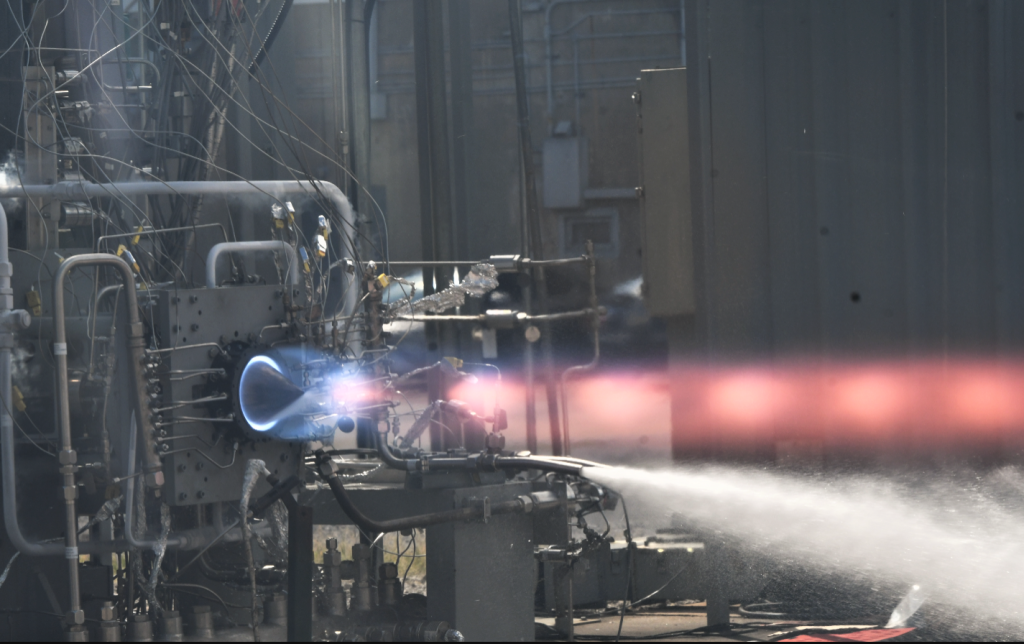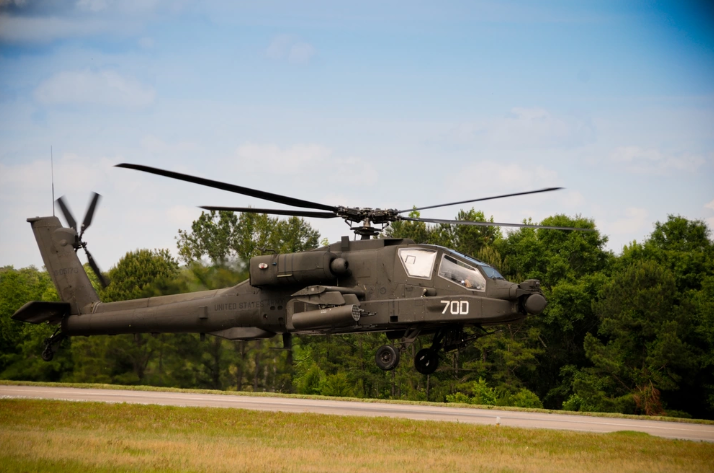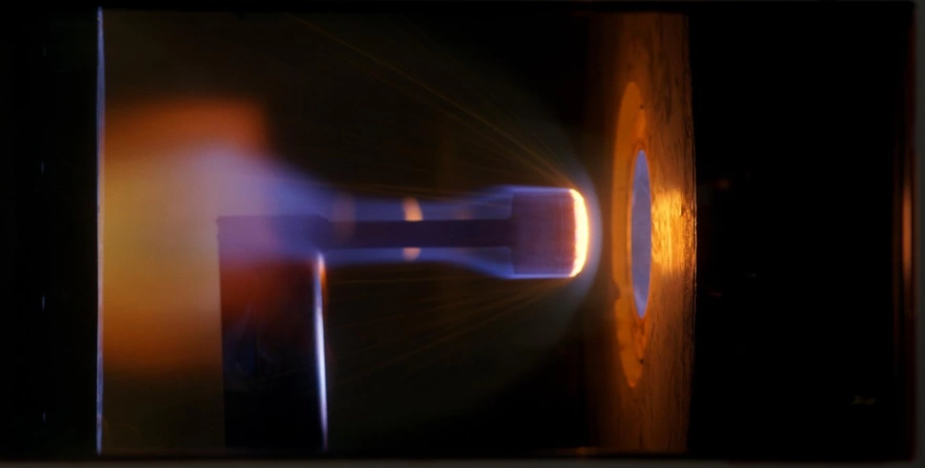Are you interested in delivering a webinar presentation on your DoD research and engineering efforts?
DSIAC hosts live online technical presentations featuring a DoD research and engineering topic within our technical focus areas.
Host a Webinar with dsiac
Upcoming Webinars
NSWC Indian Head Division Battle Lab
In the last decade, Warfighters have grown reliant on commercial-off-the-shelf (COTS) equipment to meet their operational needs rather than use traditional U.S. Department of Defense acquisition paths. Although COTS systems may offer a responsive and…
Experimental Protective Coatings for CDEW Applications
Researchers have taken many avenues to mitigate how high-energy laser (HEL) weapons affect platform survivability because of size, weight, performance, and cost factors. Protective coatings offer a cheap, lightweight option for counter directed energy weapons…
MBSE 2.0: A Modern Approach for Constructing System Architecture Models
A core challenge in modern systems engineering is in applying digital engineering (DE) to programs in support of systems engineering activities. Model-based systems engineering (MBSE) focuses on the formal application of models to support the…
Material and Structure Considerations for Morphing Aerospace Skins
The U.S. Air Force Research Laboratory is leading an effort on increasing missile range and lethality against highly maneuverable targets through utilizing active morphing. In this system, morphing is accomplished through articulating the neck region,…
Rotating Detonation Engine Propulsion Integration Efforts at the U.S. Air Force Research Laboratory
Rotating detonation engines (RDEs) have garnered substantial attention as an emerging technology with applications to aerospace propulsion and energy generation due to their high-power density. Significant research and development have improved the operability and performance…
Adapted Risk Assessment for Safety Certification of AI-Enabled Mission Software Applications
As the safety functional authority for fielding materiel solutions, the U.S. Army Aviation and Missile Command’s Safety Office uses risk management to certify that materiel is safe when used as intended. While risk assessment processes…
Past Webinars
Materials Selection for High-Temperature System; Condensed Phase Foundation
Missile propulsion and hypersonic thermal protection systems typically include components that operate at very high temperatures – often in the range of approximately 1750 °C…
An Overview of the Effectiveness ToolBox (ETB)
ETB is a weapon effectiveness model developed by the Lethality and Weapons Effectiveness Branch (H32) of the Naval Surface Warfare Center Dahlgren Division (NSWCDD). ETB…
Who Is Leading in AI/ML? An Unbiased Look at the Global AI/ML Landscape
Development of artificial intelligence/machine learning (AI/ML) capabilities is unquestionably on the rise, as the United States and other nations seek to increase their military strength….
Survivability Against High-Power, Radio Frequency/Microwave, Directed Energy Weapons
Modern military systems and supporting infrastructure depend upon sensitive semiconductor electronic components to provide their sensing, communications, and weapon system functions. These electronic devices are…
Interdisciplinary Hypersonics Research in U.S. Academia
As the development of hypersonic capabilities for national security intensifies, there is an urgent need for research and workforce development. While the U.S. universities have…
Materials and Applications for Electromagnetic Interference Shielding
The United States’ ability to deploy weapon systems with embedded electronics is a key capability for the Warfighter. Protecting embedded electronics against electromagnetic interference (EMI)…



